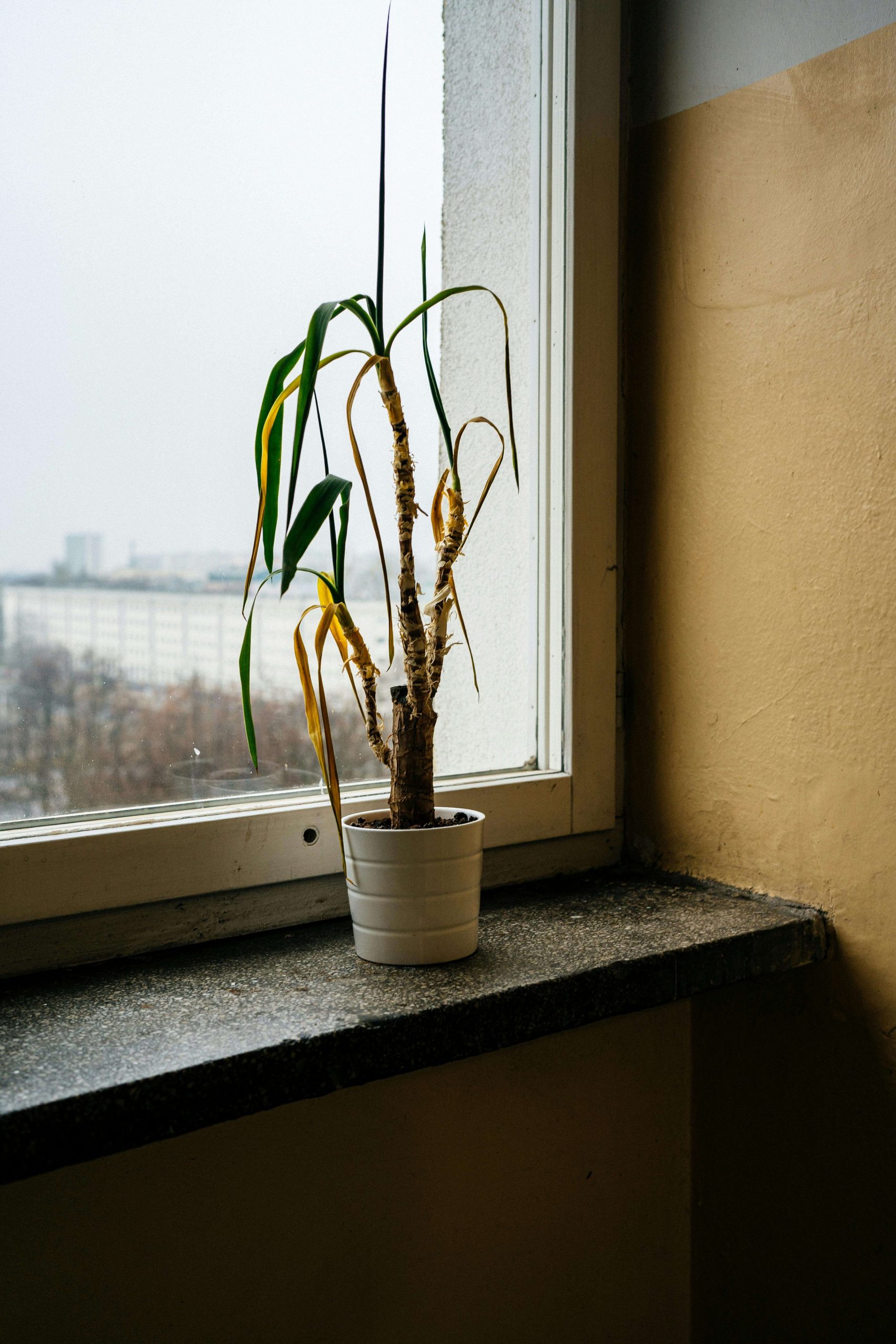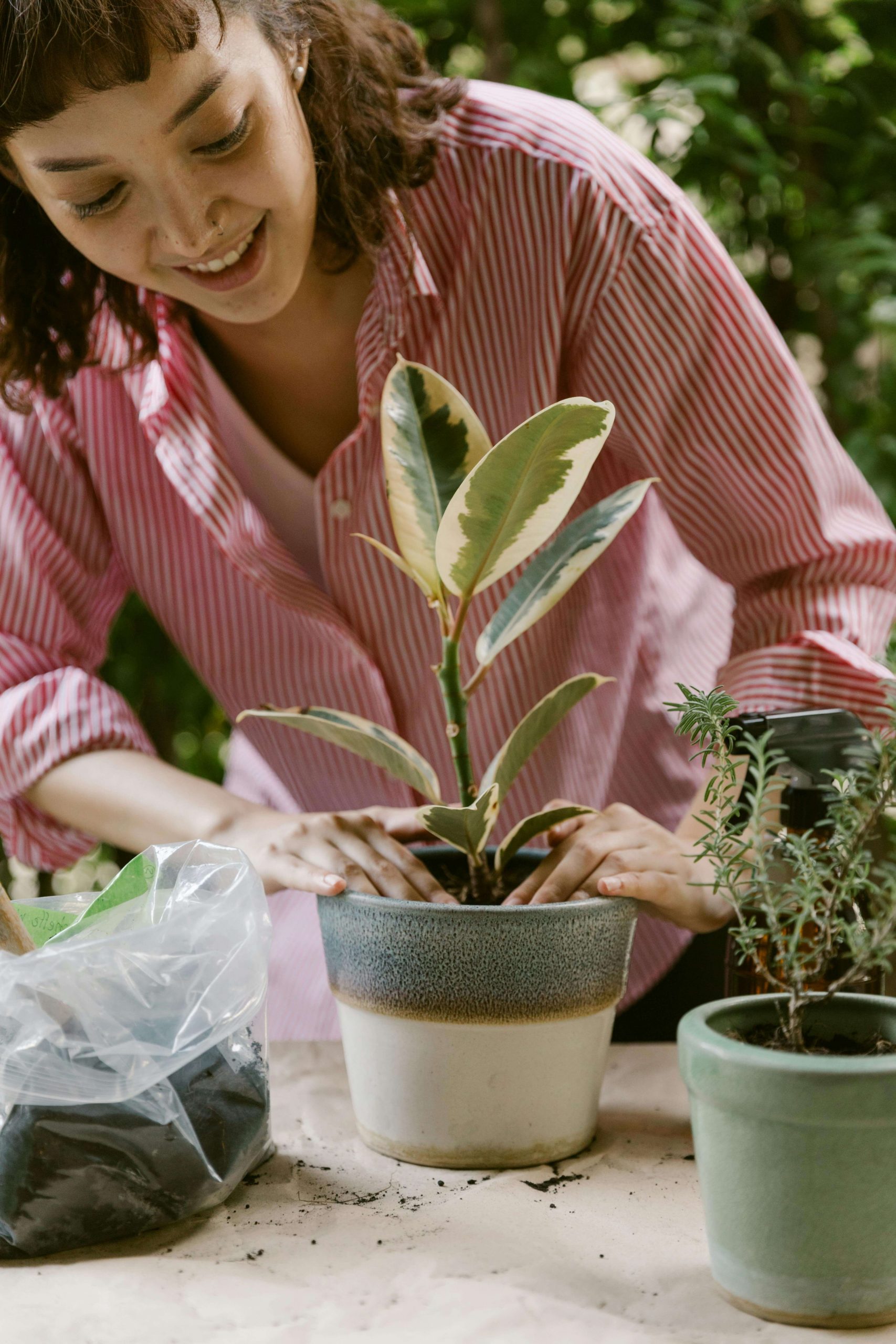Root rot can cause significant distress to your plants. If left untreated, the fatal effects of root rot can impact your plants in the long term. However, don’t despair; there are methods to help restore your plants to health.
Understanding what root rot is
Root rot is simply the potential disease that attacks your plant’s root system and quickly spreads throughout the whole plant, causing the death of the plant. Root rot renders plant roots useless, depriving the rest of the plant of the nutrients it needs to survive. When this happens, your plants cannot produce. This is why it is vital to know the signs of root rot.
Signs of root rot
Although root rot may affect the roots underground, the signs will be apparent both above and below ground. Your plants will let you know when something is wrong, with signs such as:
- Stunted growth: When your healthy plant suddenly stops growing, root rot could be the issue. Even though stunt growth can be caused by many plant problems, root rot is usually the first suspect.
- Wilting or yellowing leaves: Wilting or yellowing leaves are the most common indicators of root rot. This is the most visible sign that your plants are suffering below ground and need to be treated.
- Mushy roots: Healthy plant roots are firm and often white. When your plants are suffering from root rot, the roots turn dark and soft and may give off a foul odour. Be sure to assess the problem to confirm.

Image Credit: Pexels
Treating root rot
Early identification can improve the odds of your plants surviving, with the right treatment, of course. Gardners usually follow simple methods to help plants survive.
- Removing affected areas: If you can, with clean prunes, prune away any dark or mushy roots. Also, cut away some of the plant’s leaves that are affected as root rot spreads quickly.
- Identify the root rot: Just because your plant is wilting, doesn’t always mean root rot problems. What you can do instead, is to carefully remove the plant from its soil and inspect the roots to get a clear picture of its health. With this, you can easily see which roots are affected and you can move accordingly.
- Repot the plant in fresh soil: After removing the plants from the pot, you can repot it with fresh soil. This helps prevent future instances of root rot. Using a potting mix can be advantageous as some contain the necessary nutrients.

Image Credit: Pexels
ALSO SEE:
Feature Image: Pexels


